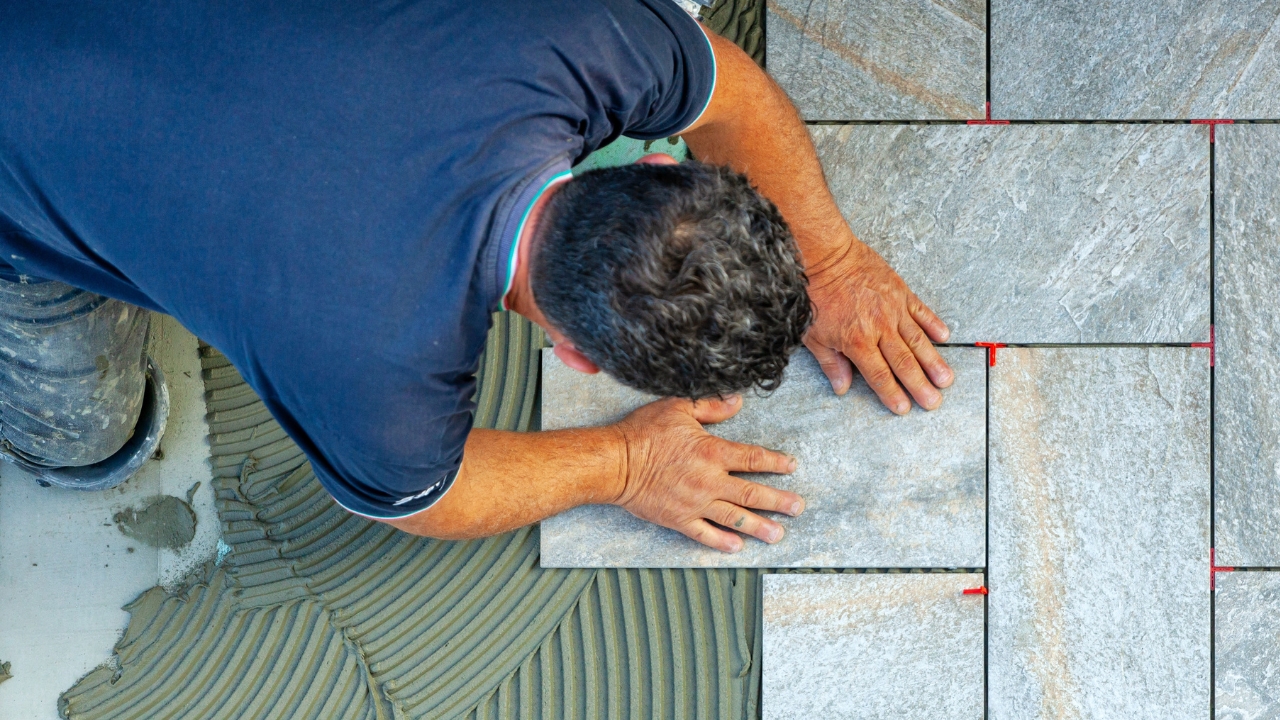10 DIY Upgrades That Turn Into a Money Pit Fast
DIY upgrades can save money… until they don’t. Some projects seem like an affordable way to improve your home, but they spiral fast—costing way more in materials, time, and frustration than anyone expects.
Between rookie mistakes, hidden problems, and jobs that are way more complicated than they look online, certain DIY upgrades turn into flat-out money pits. Here are the ones that tend to cost way more than anyone signs up for.
Building a Deck

Decks look simple until you start pricing out lumber, fasteners, footings, railings, and permits. Materials alone are expensive right now—and one measurement mistake means wasted boards and wasted cash.
If the framing isn’t done right, you’re dealing with sagging, safety issues, or costly repairs down the road. Contractors can often buy materials cheaper and already have the right tools, saving you more than you think.
Tile Flooring

Tile seems budget-friendly until you realize how much it takes to do it right. Between backer board, mortar, grout, spacers, and a decent tile saw, the supply costs add up fast.
If the floor isn’t perfectly level, tiles crack. And crooked lines or poor grout work can make the whole space look worse than before. A bad DIY tile job nearly always ends in a pro being hired anyway.
DIY Landscaping Overhauls
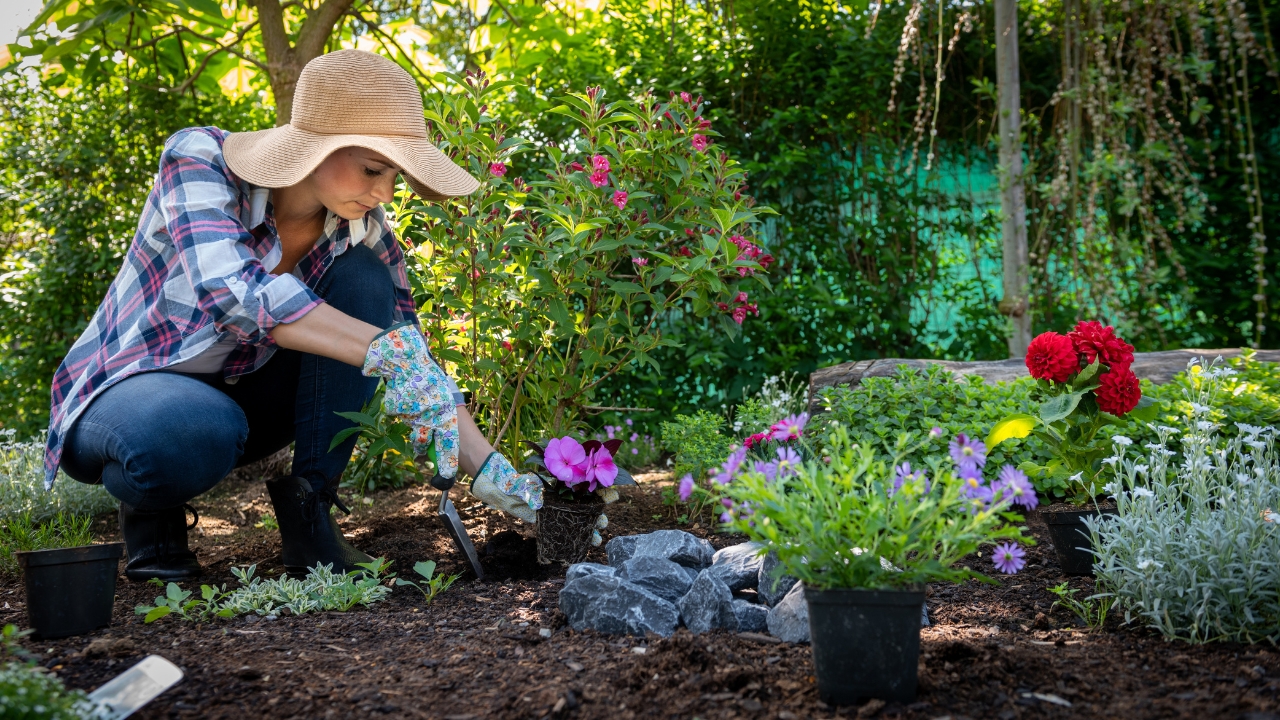
Redesigning your yard sounds easy… until you realize how expensive dirt, mulch, rock, and plants actually are. Then throw in rental costs for equipment like tillers, sod cutters, or compactors.
Most DIYers also underestimate drainage issues, grading problems, or how fast weeds take over without proper prep. Hiring a landscape crew might look expensive upfront, but it usually saves money in the long run.
Installing New Cabinets

Cabinet installs seem straightforward until you deal with crooked walls, uneven floors, and getting everything perfectly level. A small mistake throws off the whole kitchen.
Factor in damaged cabinets during install or needing extra tools like cabinet lifts, laser levels, or special saws—and suddenly paying a pro looks like a bargain.
Hardwood Floor Installation
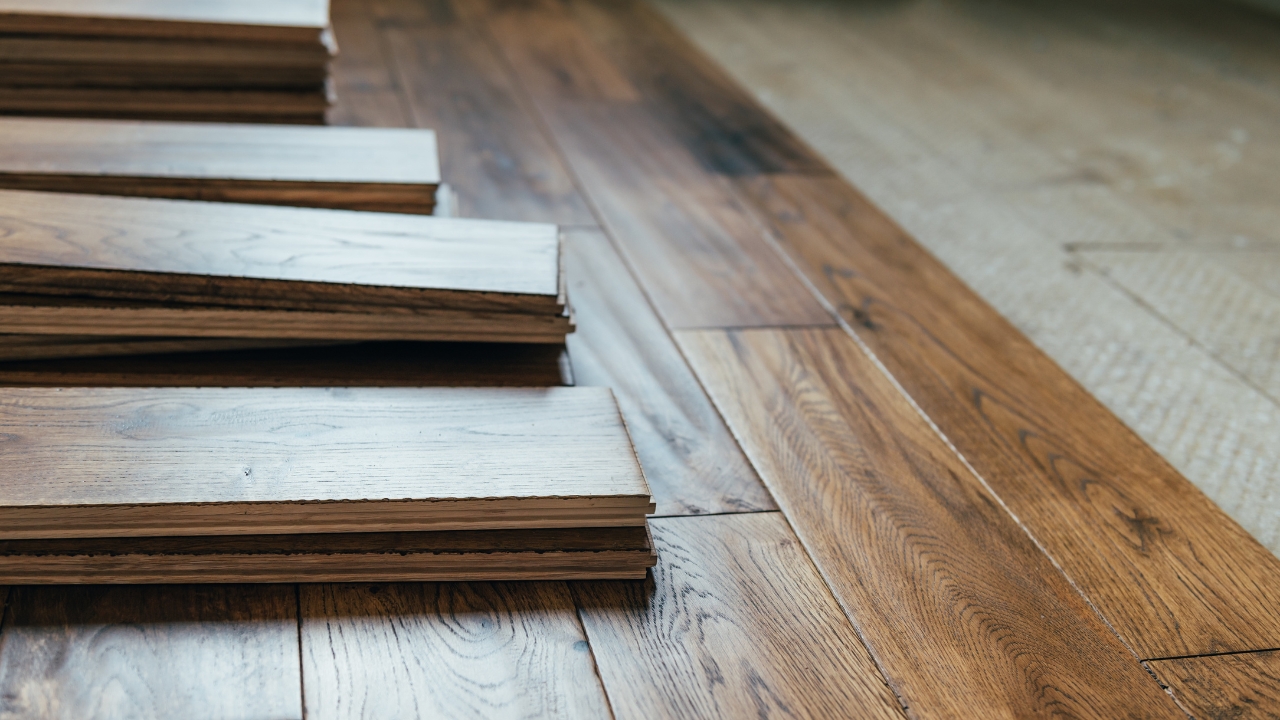
DIY hardwood sounds tempting until you start laying boards and realize how precise it has to be. Misaligned boards lead to gaps, squeaks, and expensive fixes later.
Plus, materials are pricey. Mess up cuts, ruin boards, or damage tongues and grooves, and you’re blowing hundreds in wasted wood. Pros get it right the first time.
Major Bathroom Remodels
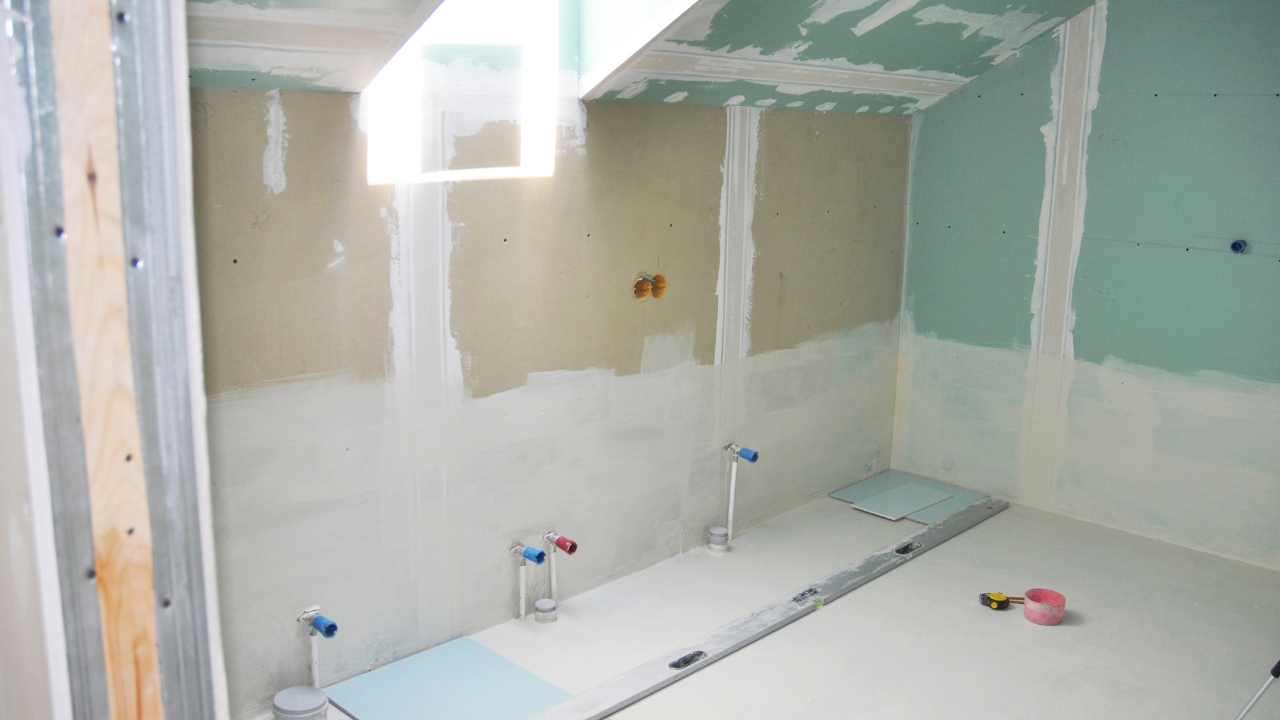
Tearing out tile and swapping vanities feels doable until you hit mold, rotten subfloors, or plumbing surprises. Suddenly, you’re knee-deep in problems that blow the budget fast.
Waterproofing mistakes lead to leaks and long-term damage. Bathrooms are one of the top DIY projects that end up requiring a pro to come clean it up anyway.
DIY Room Additions
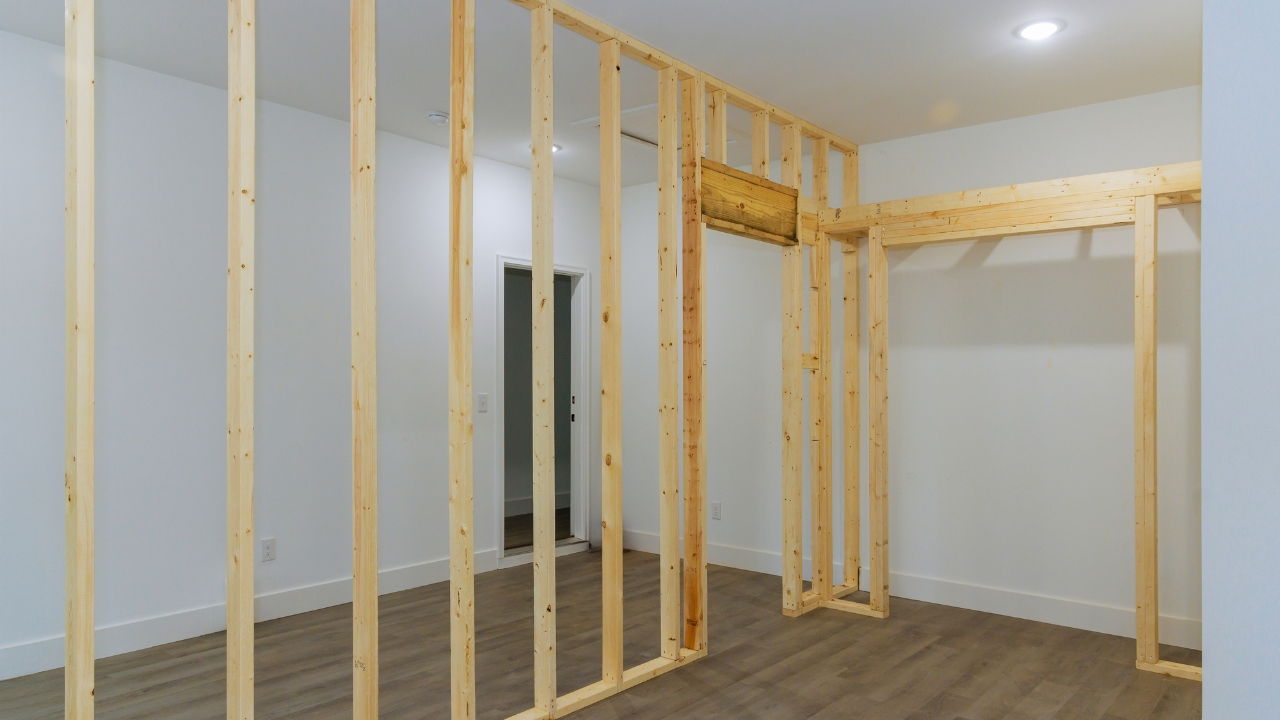
Adding a room seems like framing, drywall, and paint. In reality, it’s permits, inspections, foundation work, structural engineering, and tying into electrical, HVAC, and roofing.
It’s the fastest way to get in over your head—and rack up more costs fixing mistakes than it would’ve cost to hire a contractor from day one.
Cheap Fence Builds

A fence looks easy, but post holes, leveling, and property lines are trickier than people think. One crooked line or improperly set post can ruin the entire fence.
Then factor in renting augers, buying concrete, dealing with slopes, and replacing damaged boards. Plenty of DIY fences end up needing pros to redo sections.
Painting Kitchen Cabinets
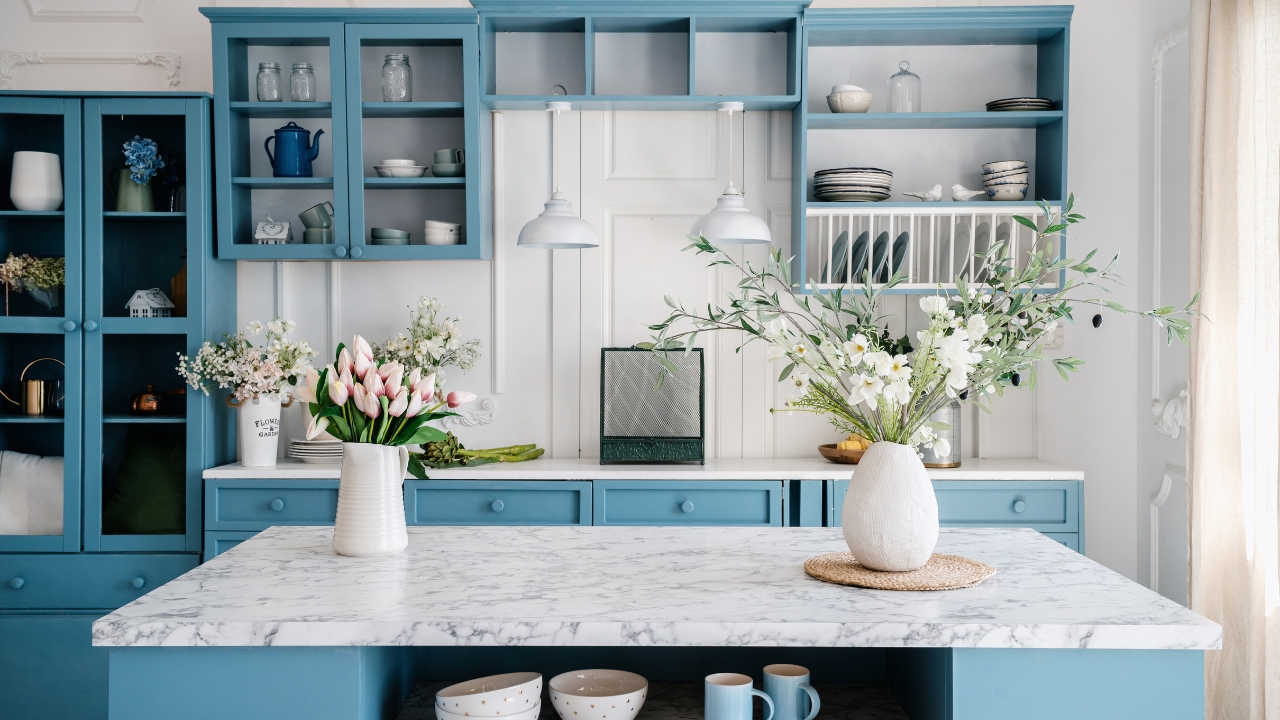
This one gets a lot of people. Painting cabinets isn’t hard—it’s tedious. You need the right prep, sanding, degreasing, primer, and pro-grade paint. Miss a step, and the paint chips within months.
By the time you buy sprayers, degreasers, fillers, sandpaper, and high-end paint, it often costs as much as hiring a cabinet painter—and a bad finish can actually lower your home’s value.
Laying Pavers

Pavers sound affordable until you realize the base prep is everything. You need proper grading, several inches of gravel, sand leveling, and compaction. Skip it, and the pavers shift, sink, or crack.
Factor in equipment rental, delivery fees for gravel and sand, and your time—and DIY paver patios become one of the most common outdoor money pits out there.
*This article was developed with AI-powered tools and has been carefully reviewed by our editors.

